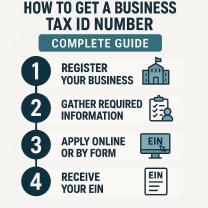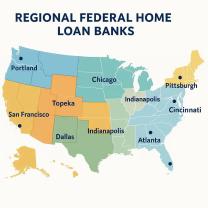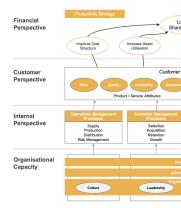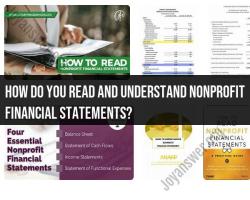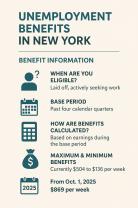How does the borrower make payments under the loan payment document?
Navigating the specifics of loan payments can be complex, as they are determined by the individual terms of your loan agreement. While I can provide general information, it is crucial to consult your specific loan documents for precise instructions.
Generally, loan payments are made in several ways, including:
Online Portals: Many lenders offer secure online platforms where you can set up one-time or recurring payments directly from your bank account.
Automatic Payments: You can often enroll in automatic payments (ACH) where the lender automatically withdraws the payment from your designated bank account on the due date. This is a common and convenient option that helps prevent late payments.
Mail: Lenders typically provide a mailing address where you can send a check or money order.
Be sure to include your loan account number on the payment to ensure it is applied correctly. Phone: Some lenders allow you to make payments over the phone using a debit card or by providing your bank account information. Note that this method may sometimes incur a small fee.
Understanding Your Loan Documents
The most important source of information is your loan payment document itself. Look for sections detailing:
Payment Due Date: This specifies when each payment is due.
Payment Amount: This is the exact amount you are required to pay each month.
Payment Methods: This section will list all the acceptable ways to make your payments, along with any relevant addresses or account numbers.
Late Fees and Penalties: This outlines the consequences of making a late payment, including any fees that may be charged.
If you have trouble locating this information or are unsure about the best way to proceed, it is highly recommended that you contact your lender's customer service department directly. They can provide you with the most accurate and up-to-date instructions for your specific loan.
Loan Repayment Explained: Payment Methods, Terms, and Compliance Guide
Loans are a critical financial tool for many individuals and businesses, but understanding how to properly make payments under a loan agreement is essential to protect both borrower and lender interests. This article covers how borrowers make payments under a loan payment document, common payment terms, handling late payments, documentation supporting payment records, and tips to ensure compliance with payment schedules.
How Does the Borrower Make Payments Under a Loan Payment Document?
Under a loan payment document, the borrower is obligated to make scheduled payments of principal and interest to the lender according to agreed terms. Typical payment methods include:
Automatic Debit: Borrowers authorize the lender to automatically withdraw payment from a specified bank account on due dates.
Online Payments: Payments can be made via lender’s website or mobile app using bank transfers, credit/debit cards, or third-party payment platforms.
Offline Payments: Some borrowers prefer paying in person at bank branches, payment centers, or authorized agents.
The loan document specifies payment details such as account information, payment amounts, due dates, and frequency (monthly, quarterly, etc.) to ensure clear borrower obligations.
What Are Common Payment Terms Specified?
Loan payment documents commonly include the following payment terms:
Payment Schedule: Defines payment frequency (monthly, quarterly, lump sum).
Payment Amounts: Details principal and interest portions for each installment and the calculation method.
Prepayment Terms: Indicates whether early repayment is allowed and any associated penalties or fees.
Payment Methods: Specifies acceptable payment channels.
Interest Rate Type: Fixed or variable interest rate descriptions.
Late Fees and Penalties: Explains fees applied if payments are late or missed.
These terms establish clear expectations and help avoid disputes.
How Are Late Payments Handled?
Late payments can have serious consequences and loan documents usually define:
Grace Periods: Some agreements allow a brief period after the due date during which late payments can be made without penalty.
Late Fees: A fixed fee or percentage of the overdue amount applied after the grace period.
Interest on Overdue Amounts: Additional interest charges on late payments.
Default Consequences: Persistent late payments may trigger default status, potentially accelerating the loan balance or affecting credit ratings.
Understanding these terms helps borrowers avoid costly penalties and maintain good standing.
What Documentation Supports Payment Records?
Maintaining accurate records is crucial for both parties. Common supporting documents include:
Payment Receipts: Confirmation issued by the lender after each payment.
Bank Statements: Showing debits corresponding to loan payments.
Amortization Schedule: A detailed breakdown of each payment over the loan term.
Loan Account Statements: Periodic summaries showing outstanding balances, payments made, and interest accrued.
These documents serve as proof of payment and help resolve any discrepancies.
How to Ensure Compliance with Payment Schedules?
To stay compliant and avoid penalties:
Set Up Automatic Payments: Reduce risk of missing due dates.
Keep Track of Payment Dates: Use calendars or reminders.
Review Loan Statements Regularly: Confirm payments have been correctly applied.
Communicate Promptly: Notify lender immediately if unable to make a payment on time.
Understand Loan Terms Fully: Read the loan agreement carefully before signing.
By proactively managing payments, borrowers protect their credit and maintain a positive relationship with lenders.




